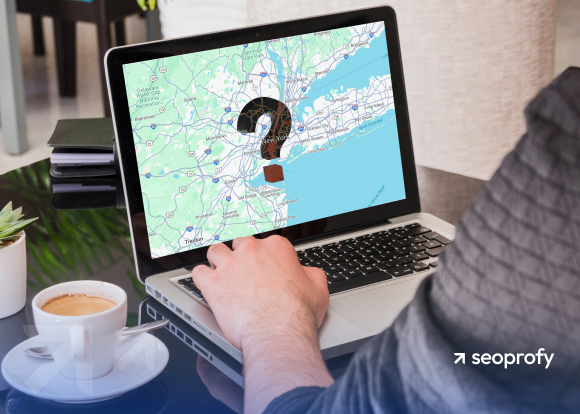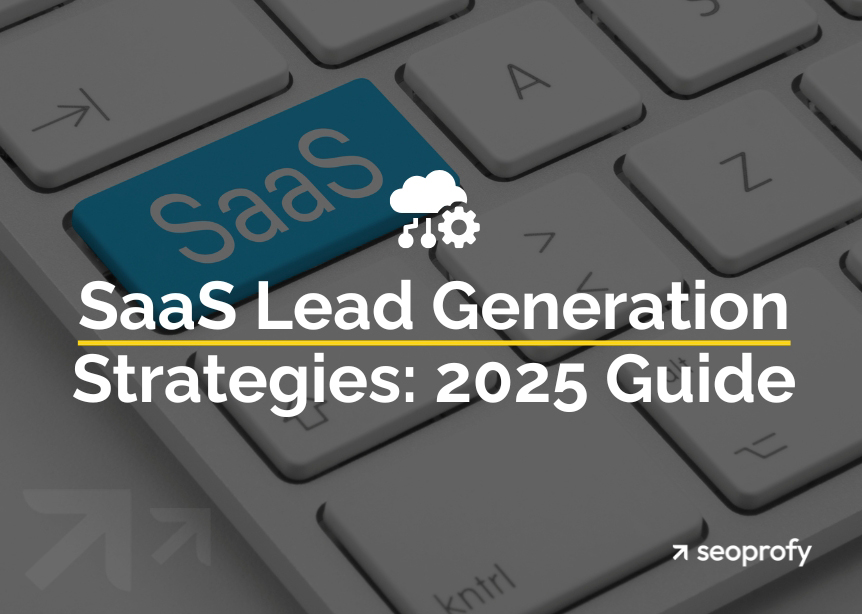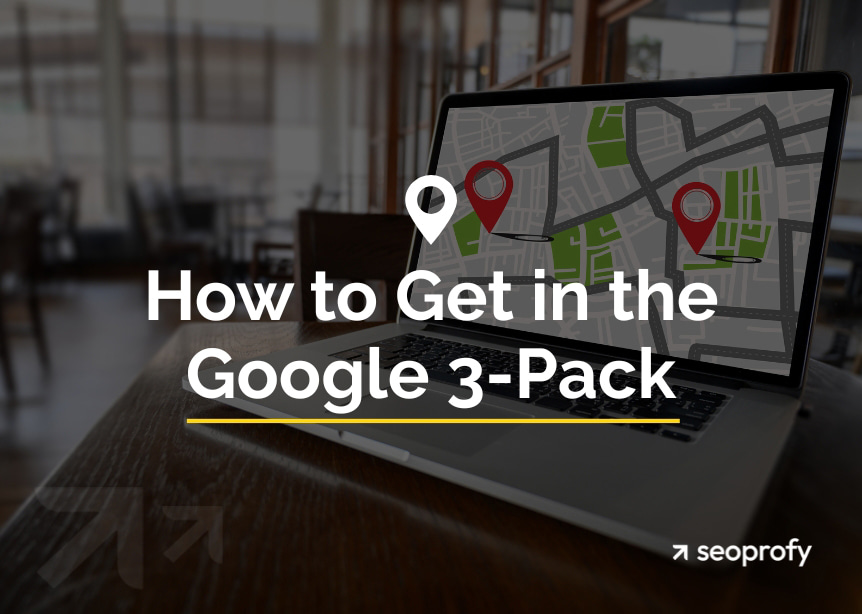Wondering why your business isn’t showing up on Google Maps? Even with a verified listing, you might be invisible due to technical issues that fly under the radar. This is especially true for ecommerce sites, where local visibility relies on more than just location settings.
Google wants more than a pin on the map. It looks at structured data, NAP consistency, page speed, and mobile-friendliness. If these technical SEO elements are off, your listing can quietly disappear — even if everything else seems correct.
Local SEO success isn’t about guesswork. It’s about precision. Ecommerce businesses must understand how Google’s systems validate and rank local listings. This guide will walk you through the most common mistakes and show you how to fix them — step by step — so your store shows up exactly when customers are searching.
- Your Google Business Profile is unverified, suspended, or outdated
- NAP (name, address, phone) details are inconsistent across platforms
- You’ve selected the wrong business category — or none at all
- Google is still indexing your profile after a recent verification
- You have little engagement — few reviews, no responses, or no photos
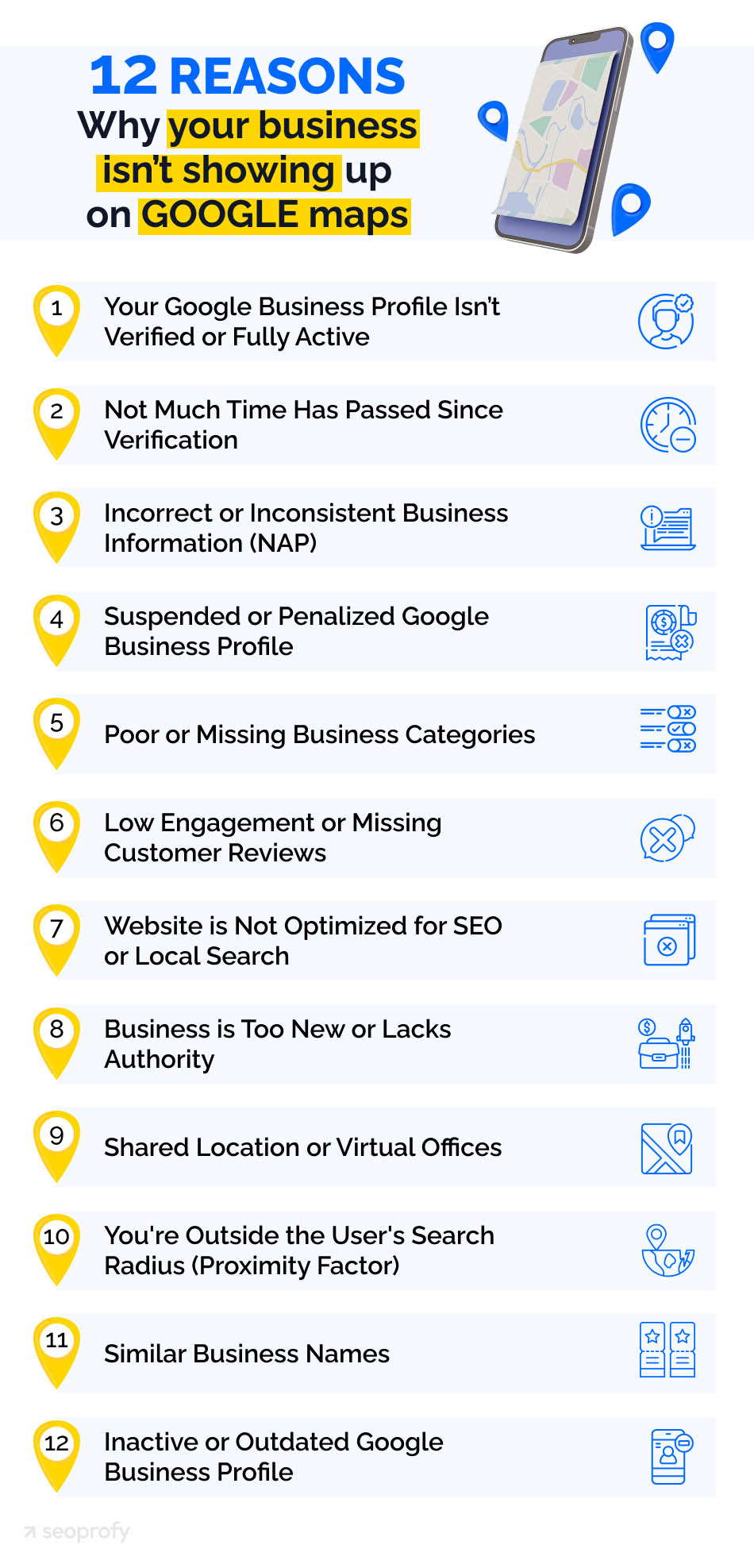
1. Your Google Business Profile Isn’t Verified or Fully Active
A missing or unverified profile is one of the most common reasons why your business isn’t showing up on Google Maps. Verification tells Google your business is real and trustworthy — and without it, your listing likely won’t show up.
Complete the Verification Process
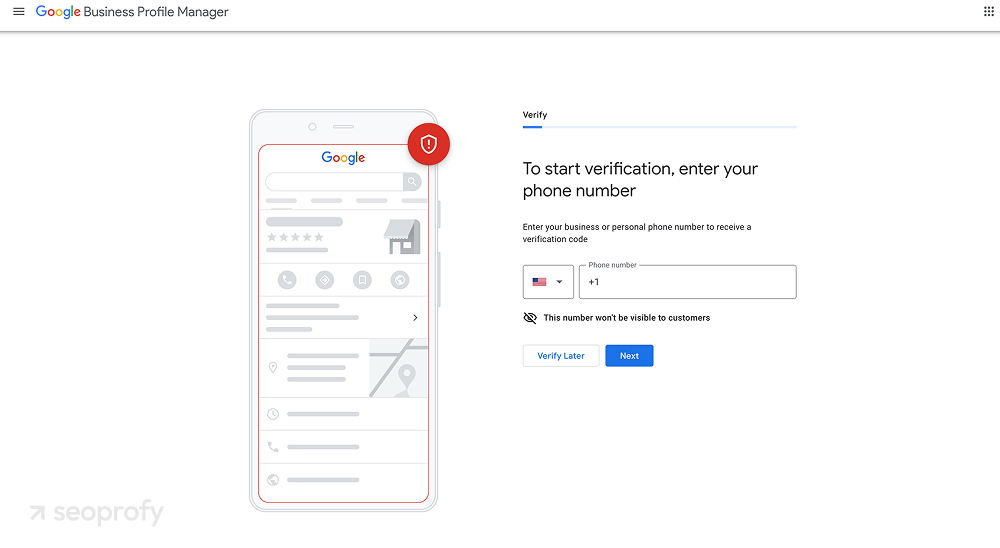

Start by checking if your business is already listed on Google Maps, formerly known as Google Places. If it’s not, create a new listing and claim it. Then choose a verification method:
- Postcard by mail (most common)
- Email or phone (available for some businesses)
- Live video call or video upload (for service-area or online businesses)
Google will provide specific instructions depending on your business type and location.
Double-Check Business Ownership Status
If your listing was created by someone else (like an old employee or third-party agency), you may need to request ownership. Use the Google Business Profile Manager to check your current status and submit an ownership claim if needed.
Re-Verify After Key Changes
Major updates — like a new business name, address, or phone number — can trigger Google to suspend or unpublish your listing until it’s re-verified.
To fix it:
- Log in to your Google Business Profile Manager
- Edit your business profile, filling in the necessary information
- Follow the new verification prompts Google provides (you may receive a new postcard or be asked to upload a video)
Regularly checking your verification status keeps your listing active and visible.
2. Not Much Time Has Passed Since Verification
Still having trouble with Google Business Profile after verification? Remember, your business won’t show up on Google Maps instantly. Google needs time to crawl and index the new or updated information. This process can take up to 5 business days, depending on your industry, competition, and how active your profile is. During this period, continue optimizing your listing with photos, accurate hours, and engaging descriptions to speed up visibility.
3. Incorrect or Inconsistent Business Information (NAP)
If your business name, address, and phone number (NAP) are inconsistent across your online presence, it will negatively affect your local SEO strategy. This could lead to your Google Business Profile not showing up on Maps or in search results. Here’s what you can do to correct these NAP issues and make your business visible again.
Audit Your NAP Listings Regularly
It’s not just your Google listing that needs to be accurate for visibility in local searches. You’ll also need to make sure your NAP details are consistent across Yelp, Bing, Facebook, Instagram, and anywhere else your business is featured.
Use Local SEO Tools for Bulk Edits
Editing your NAP details manually can be time-consuming, so use a digital tool to speed up the process. Moz Local, and BrightLocal are some of the best SEO tools for editing local listings. These tools have features that will find multiple listings from across the internet and help you edit them all at once.
Standardize Your Formatting
Decide on a standard format for your NAP details and ensure they’re consistent across the internet. While formatting details like “(123) 456-0000” vs “123-456-0000” usually don’t affect local rankings, it’s still a best practice to maintain uniformity across listings to avoid confusion and maintain professionalism.
You can also use LocalBusiness schema markup on your website to include your NAP details in structured data. While this doesn’t replace the need for consistent citations across the web, it helps Google better understand and validate your business information, supporting stronger local search visibility.
4. Suspended or Penalized Google Business Profile
Another common reason your business fails to appear on Google Maps is a suspended Business Profile or a penalty applied by the Google algorithm. If your profile is suspended, you’ll see a notification in your Google Business Profile dashboard. Here’s how to address the issue.
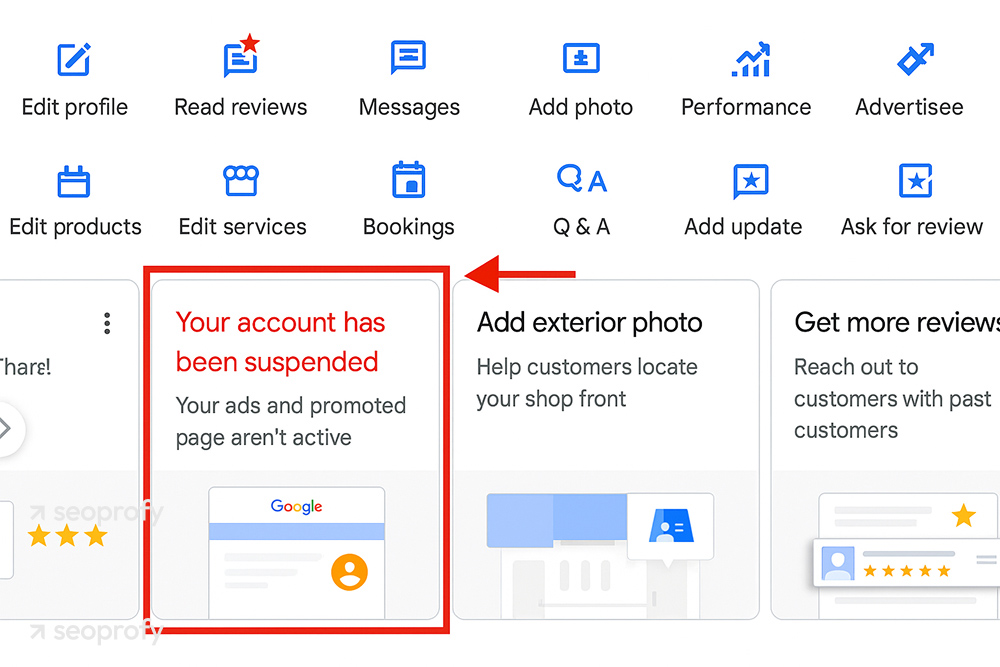
Identify The Violation
Here are some reasons why Google might have suspended your profile:
- Keyword stuffing
- Misleading listing
- Duplicate listings for the same business location or service
- PO box addresses
- Inappropriate content
- Fake or spammy Google reviews
Follow Google’s Appeal Process
When your profile is suspended, Google may not disclose the exact reason. To appeal, submit an official reinstatement request along with supporting documentation — such as a business license, utility bill, or storefront photo. Appeals are reviewed manually, and you’ll be notified via email of the decision.
If your first appeal is denied, don’t give up — Google may reconsider if you submit additional documentation or clarification. For complex cases, consider turning to Google penalty recovery services from experts like SeoProfy, who specialize in handling suspensions, diagnosing profile issues, and guiding you through the reinstatement process with a proven track record of success.
Maintain Compliance with Google Guidelines
To avoid future suspensions, make sure you’re adhering to all of Google’s user guidelines for business listings. Review these guidelines regularly and make changes to your listings as necessary.
SeoProfy helps local businesses rank on Google and beyond with trusted, penalty-free SEO strategies.
- Customized local SEO plans
- Data-driven insights and reporting
- Sustainable strategies for long-term results
- Traffic and conversion optimization

5. Poor or Missing Business Categories
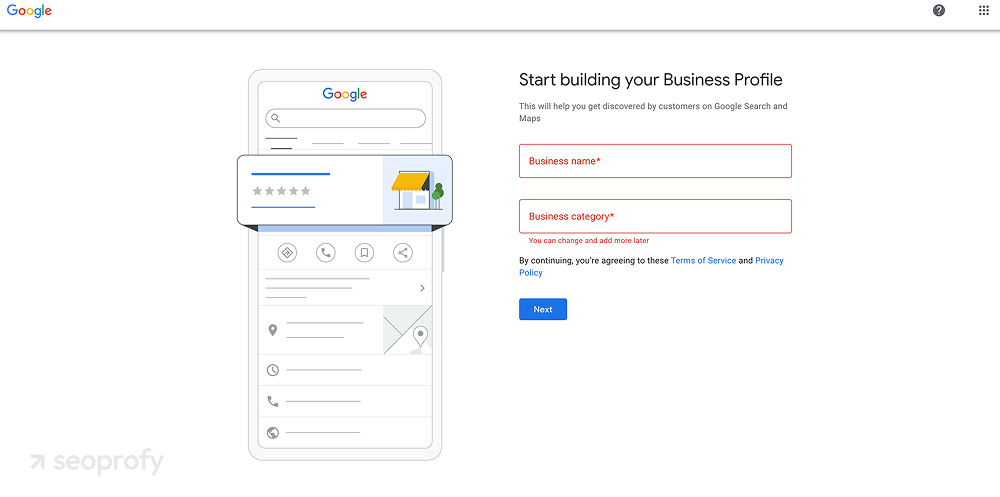
Google’s algorithm prioritizes businesses that are listed in the correct categories. Using overly broad or incorrect categories can hurt your chances of appearing in relevant Google Maps searches or can even be a reason your Business Profile not showing up on Google.
Add Primary and Secondary Categories
To prevent this, choose a primary category that’s specific to your business operations, such as “Chinese restaurant” or “divorce lawyer.” This is the category that matters the most for Google search rankings. You can also choose up to nine secondary categories, especially if your business offers multiple services.
In addition to helping with Google Maps visibility, listing your business in the correct category helps potential customers find your offerings, making it a helpful component of SEO lead generation. By aligning your categories with real customer intent, you attract users who are more likely to convert into leads through calls, visits, or form submissions.
Avoid Irrelevant Category Selections
Only select categories that represent core, visible aspects of your business. For example, if you’re a “Pizza Restaurant” that doesn’t deliver, don’t add “Pizza Delivery” as a secondary category.
Why it matters: Google penalizes profile relevance when categories don’t match business behavior, which can lower ranking or even trigger a suspension.
Revisit Categories As Your Business Evolves
If you add a new service — like a salon offering spa treatments — update your categories accordingly to stay aligned with Google’s ranking logic and increase visibility in new searches.
6. Low Engagement or Missing Customer Reviews
Google prioritizes business listings with high levels of engagement and legitimate reviews from customers. Without a steady flow of reviews, your listing may struggle to rank well on Google Maps, especially in competitive local markets.
Here’s what you can do to change that:
- Encourage real customer reviews: When satisfied customers visit, politely ask them to leave a review. Keep a QR code readily available that links to your Google Maps page, as this will make it easier for customers.
- Respond to every review: Google values engagement from business owners, so be sure to respond to both negative and positive reviews.
- Avoid fake or spammy reviews: Google heavily penalizes businesses with fake reviews, so don’t encourage them and report them if they show up on your profile unsolicited.
- Update your photos: Add new photos to your profile on a regular basis. This lets know you’re active and promotes engagement.
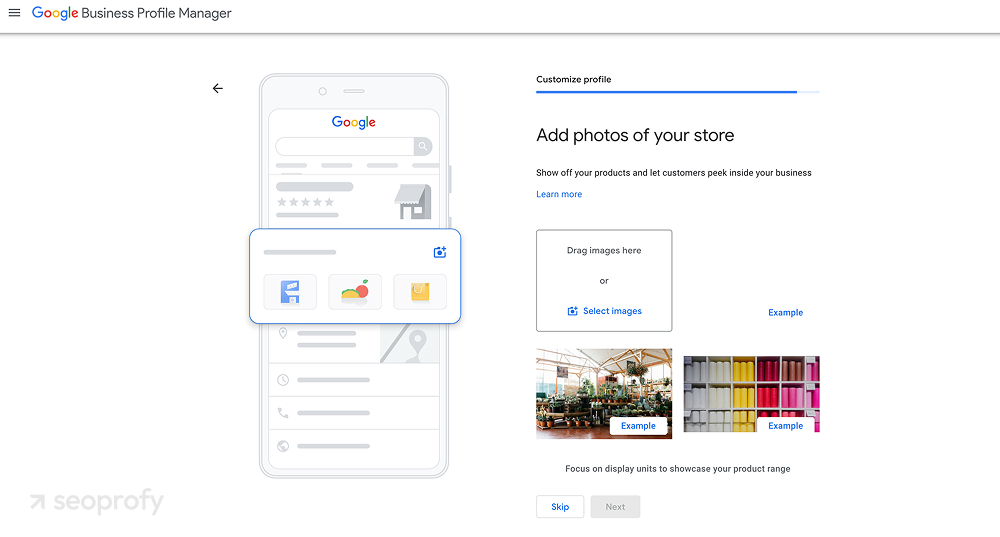
7. Website is Not Optimized for SEO or Local Search
Local search optimization is a must for businesses operating in a specific area, especially if you want to show up on Google Maps. 99% of people have used the internet to look up information about a local business, highlighting why this process is so important. Here’s what you can do to optimize your site for local search.
- Use localized keywords and landing pages: Implement keywords specific to your area in your web copy, but avoid keyword stuffing. If your business has multiple locations or service areas, create a unique landing page for each one.
- Get local backlinks: Collaborate with local businesses and directories in your area to get backlinks to your site.
- Improve mobile-friendliness and speed: Google’s algorithm heavily values the user experience. When building your site, focus on Core Web Vitals like loading speed, visual stability, and interactivity, which are significant mobile ranking factors. Tools like Google’s Mobile-Friendly Test and PageSpeed Insights will help make sure your site meets the standards for optimization.
- Link your website to your Google Business Profile: Use schema markup to highlight your business name, address, phone number (NAP), and service areas. While it doesn’t directly connect your website to your Google listing, it reinforces the same data Google uses to verify your business.
- Invest in professional local SEO services: Optimizing your site on your own can be challenging, so consider hiring a professional team to help you with local SEO services.
8. Business is Too New or Lacks Authority
When your business is brand new, you may not have the online presence necessary to show up on Google Maps or in search results. Here’s what you can do to boost your online presence and increase visibility:
- Build backlinks: Join online directories or partner with other organizations in your area for local link building.
- Grow your online presence gradually: Slowly add photos to your Google Maps listing, answer customer questions, and respond to reviews as they come in. This helps boost Google’s trust in your business profile. You can also add localized landing pages and blog posts to your site to expand your presence.
- Gather initial reviews and mentions: Reach out to local journalists to let them know your business is opening, and encourage your early customers to leave reviews. Feature your early positive reviews and press clips on your website.
9. Shared Location or Virtual Offices
Google is strict about how businesses represent their physical locations, especially when multiple businesses operate from the same address or use virtual offices. If your profile is tied to a shared workspace, mailbox service, or co-working space, it may be filtered or suppressed in Maps results.
Add a Unique Suite or Office Number
To differentiate your business, always include a unique suite number or identifier (e.g., “Suite 2B” or “Office 301”) when setting up your address. This signals to Google that your business is distinct and independently verifiable at that location.
Clarify Your Setup with Google
If your business operates from a co-working space or shared office, submit supporting documents during verification or reinstatement. These may include utility bills, lease agreements, or photos of signage at the entrance showing your business name. The more evidence you provide, the better Google can evaluate your legitimacy.
Use Service Areas Instead (If Applicable)
If your business doesn’t serve customers at your location — like a plumber or mobile dog groomer — switch to a service-area business (SAB) model in your Google Business Profile. You can hide your address and define geographic areas instead (e.g., “serves Boston, Cambridge, Somerville”). This avoids triggering filters tied to office addresses and improves local relevance.
10. You’re Outside the User’s Search Radius (Proximity Factor)
If your business profile is not showing up on Google Maps, it could be because the searcher is too far away. Proximity to searchers is a ranking feature you cannot control. If you want to reach searchers who are further away, you’ll need to expand your physical presence with new locations or service areas.
Set Up Service Areas in Your GBP
Instead of relying solely on a physical address, define the geographic regions your business serves directly in your Google Business Profile (Google My Business, or GMB account, in the past). This is essential for service-area businesses like cleaners, contractors, or mobile services that don’t operate from a storefront. Listing your service zones improves your chances of appearing in searches from nearby cities or neighborhoods.
Use Geo-Modified Keywords
Add city-specific phrases to your website content, page titles, and meta descriptions. For example, local search engine optimization for lawyers might use geo-modified keywords such as “personal injury lawyer in Miami” rather than just “lawyer.” You can support this strategy with hyperlocal blog posts or social media posts that cover topics specific to your area.
Focus on Hyperlocal Engagement
Publishing content tied to your service areas shows Google that you’re active and relevant locally. Consider writing blog posts about neighborhood events, local issues, or customer success stories in your area. This boosts local relevance and builds authority over time.
11. Similar Business Names
If another business on Google Maps has the same or a similar name, it can confuse both users and Google — especially if you’re in the same area.
- Check for impersonation or duplicates: If another listing has your exact name and address, report it via Google Support.
- Clarify brand differences: If the name is similar but legitimate, differentiate your brand with a tagline, unique logo, or consistent branding.
- Use trademark protection: Own a registered trademark? File a complaint to prevent infringement on your business identity.
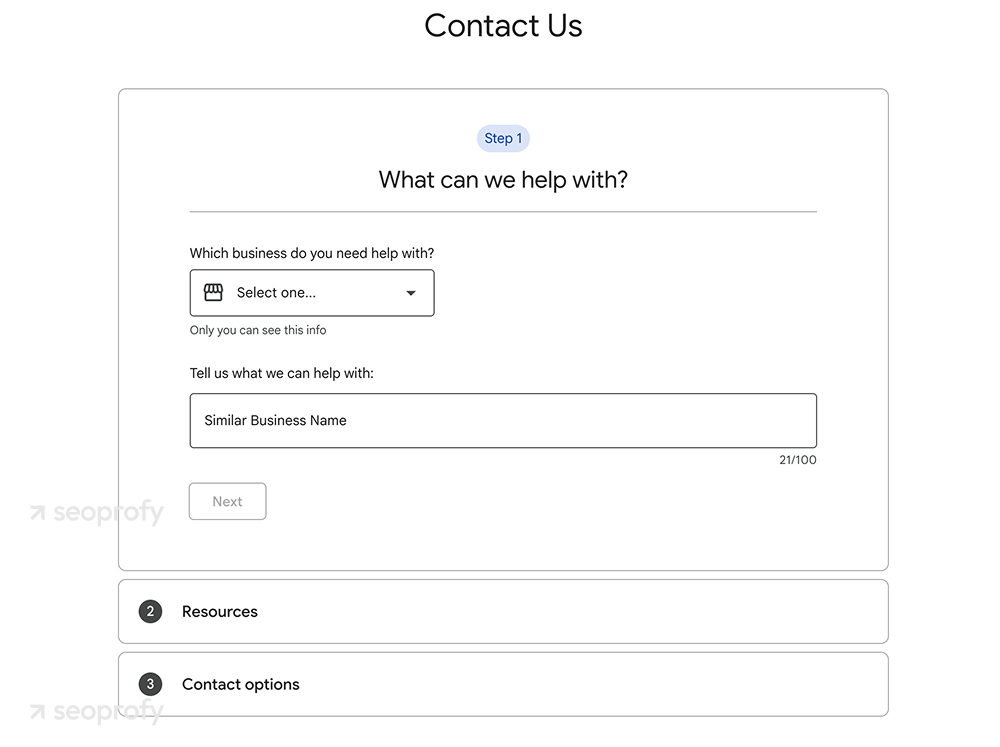
12. Inactive or Outdated Google Business Profile
A stale Google Business Profile (GBP) signals to both Google and users that your business may no longer be active. Google typically deletes profiles after about two years of inactivity.
Post Regular Updates and Photos
Google favors businesses that demonstrate ongoing activity. Regular posts, event updates, and new photos keep your listing fresh and show potential customers that you’re engaged and operational.
Update Operating Hours, Services, and Description
Make sure your hours, service availability, and business description reflect current conditions. Inaccurate details damage trust and can result in your listing being filtered or demoted by Google.
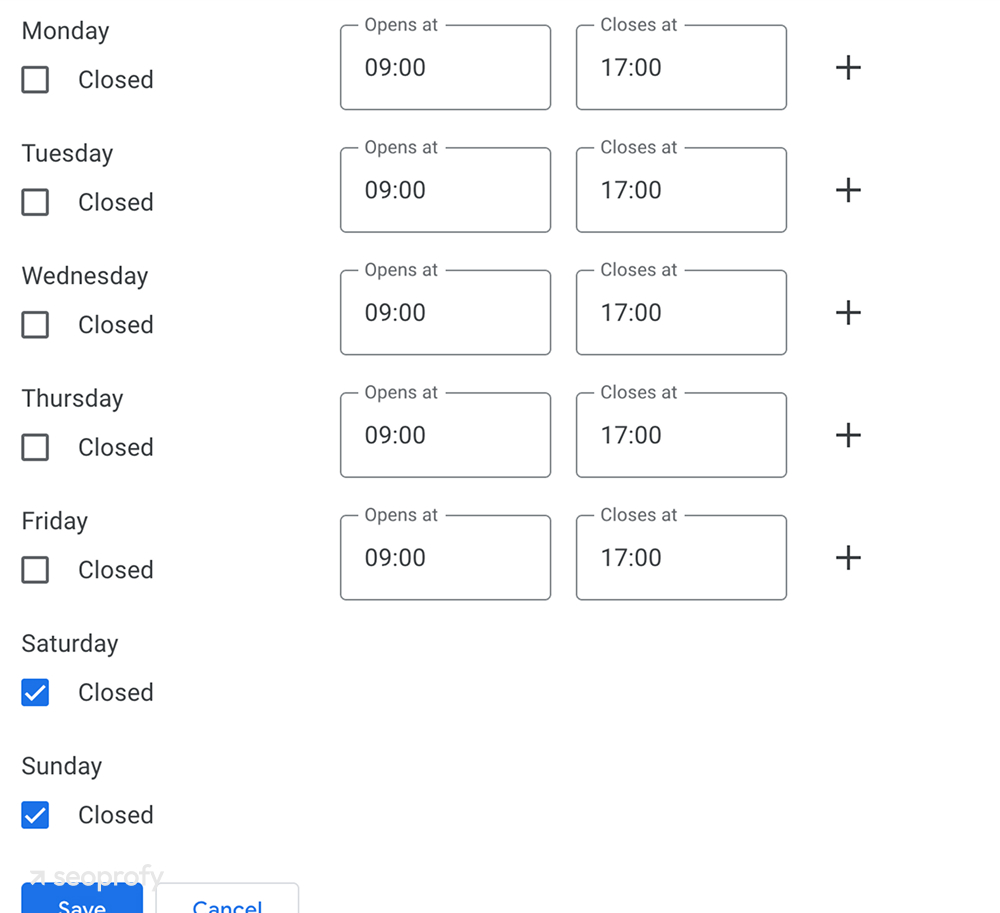
Use Special Features Like Bookings and Messaging
Interactive features like booking buttons, messaging, and Q&A enhance the user experience. These tools also signal relevance and activity to Google’s algorithm, helping improve your visibility.
Optimize Your Position in Google Local Search Results Today
Your Google Maps listing plays a very important role in your local SEO strategy, so it needs to be visible. When combined with an optimized local business website, your Google Business Profile will help you build brand awareness and attract loyal customers.
So why is your business not showing up on Google? It’s likely because your profile isn’t verified, active, or optimized for your audience.
At SeoProfy, we specialize in local SEO for small business, including troubleshooting Google Business Profile visibility issues. Our experts will perform a comprehensive audit and craft a tailored SEO strategy to help you attract more local traffic and convert it into real sales. Want proof? Explore our local SEO case studies. Schedule your consultation today to get started.

